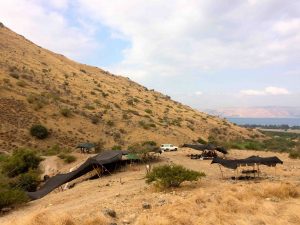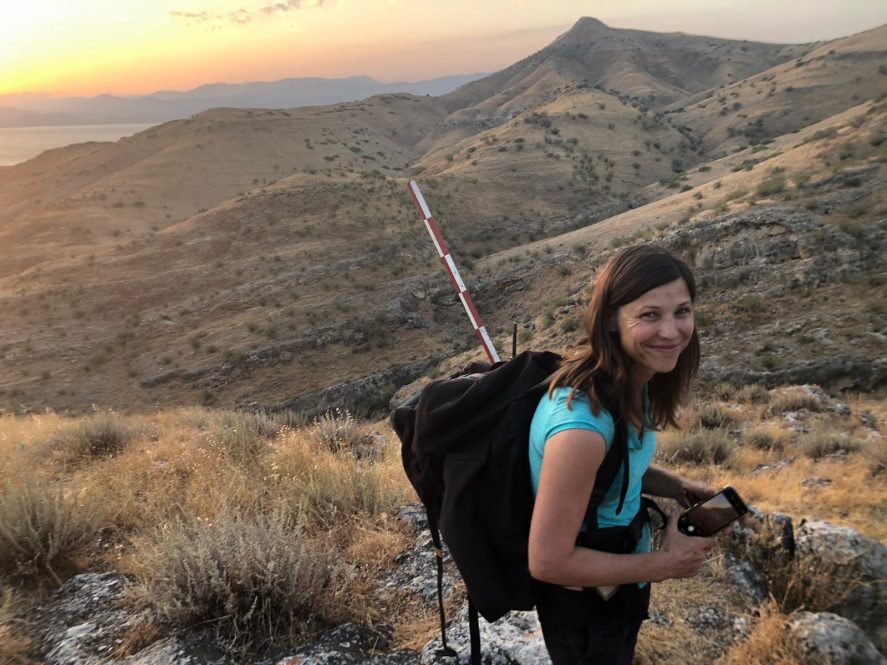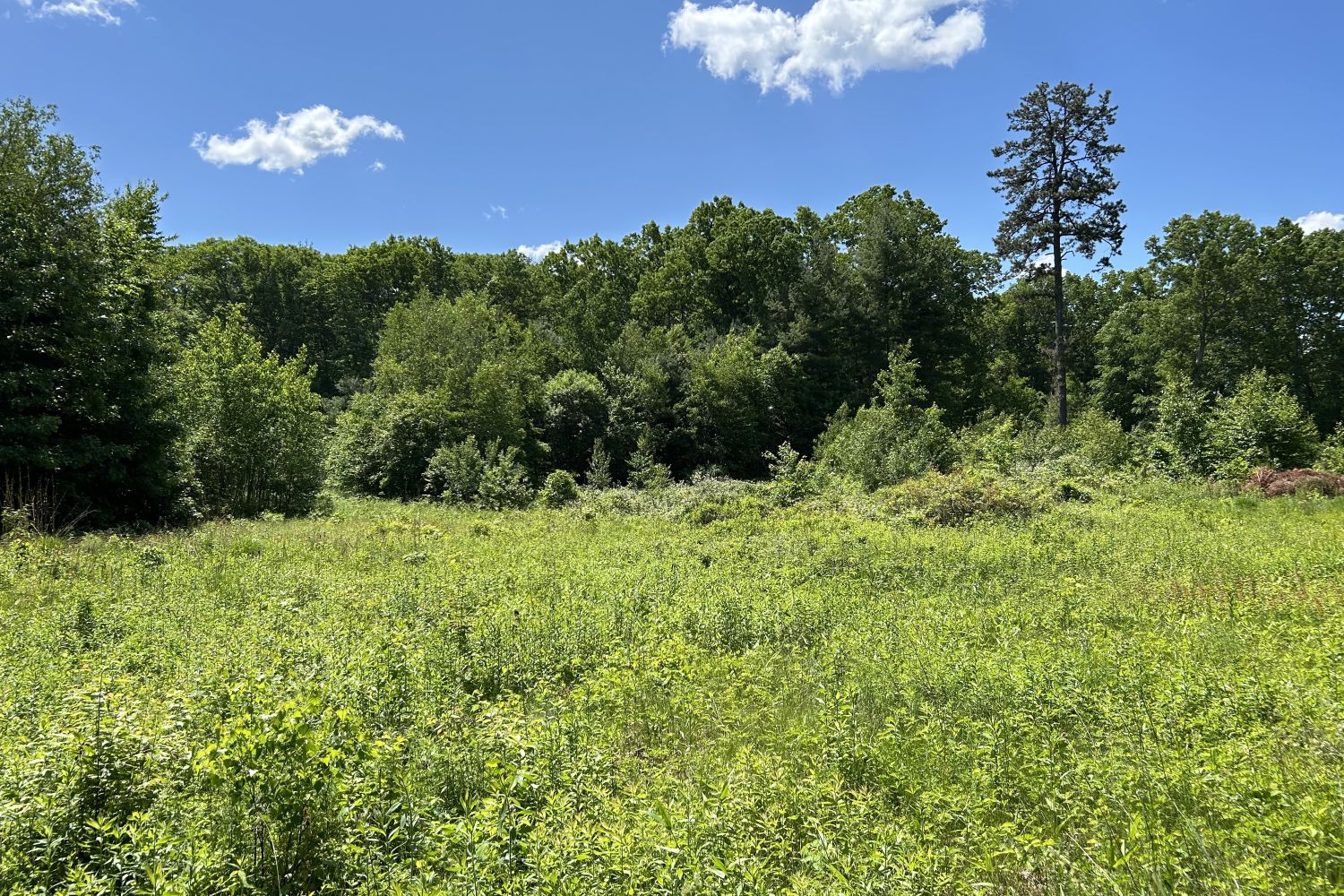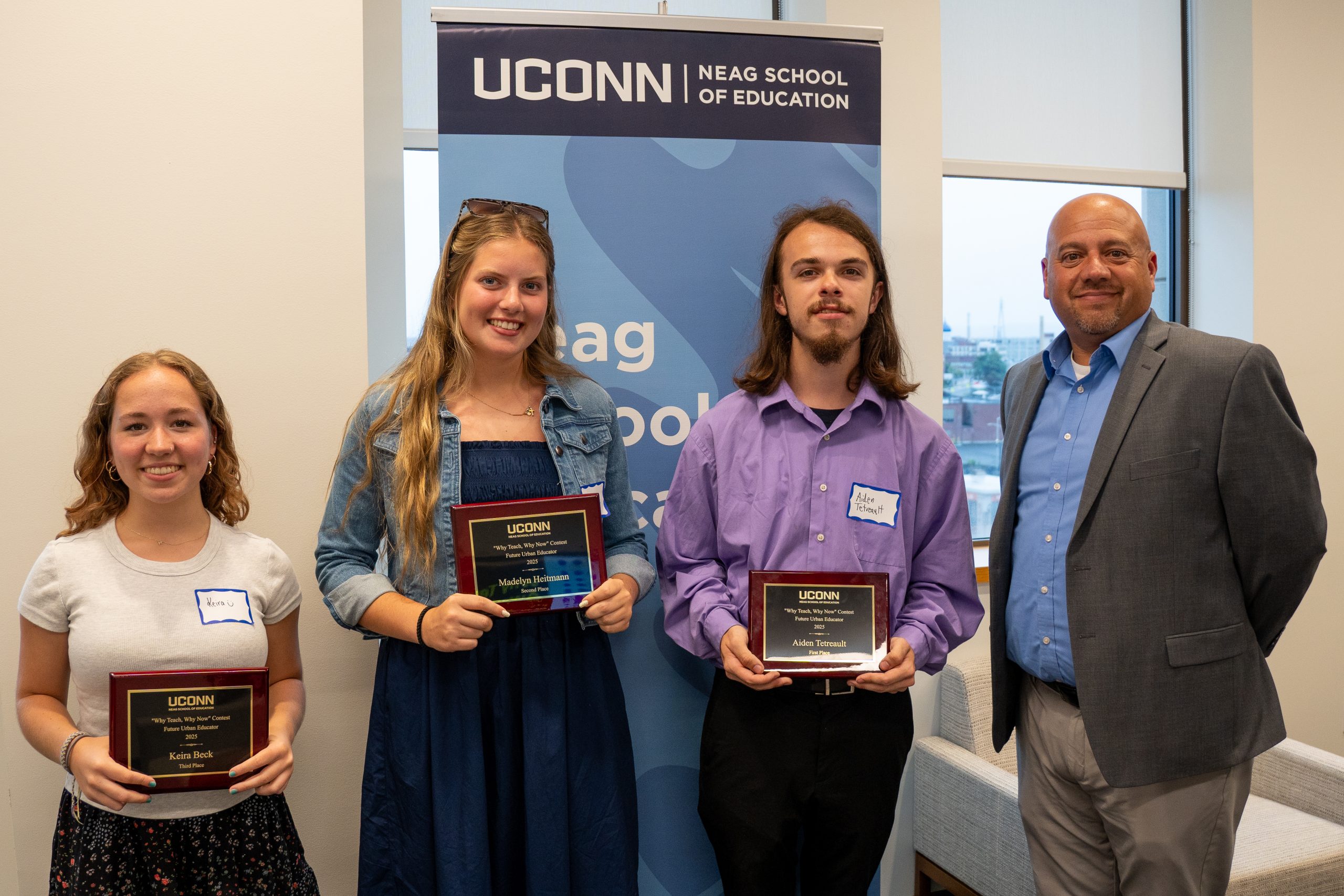Professor of anthropology Natalie Munro finds scholarly value in an unusual source – garbage. Specifically, animal remains found on archaeological sites of early human communities.
During her junior year at Southern Methodist University, Munro took her first anthropology courses. This irreversibly shifted the interests of the then-biology-major. Munro soon made the switch to become an anthropology major.
Munro had initially majored in biology because of her interest in ecology. She merged this interest into her newfound passion for archaeology by focusing on zooarchaeology, a branch of archaeology that focuses on the study of animal remains at archaeological sites.
The summer after her junior year, Munro had the chance to attend an archaeological excavation at a field school in New Mexico.
“I fell in love with archaeology in the field,” Munro says.
Early Human’s Trash is a Researcher’s Treasure
Munro’s research focuses on the time period from 15,000 to 7,500 years ago. This time range represents the critical transition from hunter-gatherer to the first agrarian societies.
After humans began participating in agriculture, everything about human societies changed. Agriculture and settled life which accompanied it, had enormous impacts on just about every element of human life. This development dramatically altered human health, the environment and the size of human populations. It also led to the emergence of private property, social stratification, social inequality, and organized religion.
Munro studies animal remains, mainly bones and teeth, to gain insights into why humans settled down and gradually began to adopt agriculture and domesticate animals. Munro gains insight from factors such as the diversity, size, age, and morphological features of animal remains.
These remains constitute the trash from the earliest permanent human communities.
“Basically, I study the garbage left by humans to reconstruct their behavior in the past,” Munro says.
When humans start domesticating animals, the animals undergo several observable changes. For one, the average age at death of animals tends to change. Whereas hunter-gatherer societies focused on catching animals in the prime of their lives, once humans start to domesticate animals, it’s more effective to eat males as soon as they reach full size rather than continuing to feed and protect them when they won’t provide much more meat with time. Humans began keeping only a few adult males for breeding while most females were kept into later adulthood.
Basically, I study the garbage left by humans to reconstruct their behavior in the past — Natalie Munro
People’s diets also tend to diversify when they first settle down and begin exploiting the natural habitats around them more extensively. When people start domesticating animals, their diets gradually become narrower again as they focus on domesticated animals.
They also tend to keep smaller, more manageable members of a species rather than the largest, strongest animals at first.
Researchers can also look at the physical features of animal bones to see evidence of confinement as their movement, and hence bone structure, changes.
Rewriting the Past
Munro works primarily in southwest Asia, looking at sites in Israel, Turkey, and Greece. Agriculture first emerged approximately 10,000 years ago in this part of the world.
Munro is interested in understanding why people first settled down when and where they did.
In addition to human diets, studying animal remains can tell archaeologists important information about topics such as community organization, sharing practices, hygiene, and rituals.
“Animals allow you to look at a whole range of really cool aspects of early human behavior,” Munro says.
Munro is especially interested in the earliest stirrings of animal management. Her work has provided evidence that contradicts an earlier view that agriculture and animal husbandry arose exclusively in an area of southeastern Anatolia and spread outward from there.
Evidence of early experimentation with agricultural practices in diverse geographic areas, like the sites Munro works at, contributes to a much more complex story of human history.
Munro currently focuses on two archaeological projects: one in Israel from the period just before agriculture begins, and another in Turkey from when people were settling down and beginning to domesticate animals more formally during the early Neolithic period.

Munro recently published a paper outlining her findings about early fishing techniques at Nahal Ein Gev II, Israel, an Epipaleolithic site excavated by her colleague Leore Grosman from the Hebrew University. Nahal Ein Gev II is just two miles from the Sea of Galilee, part of a major migratory pathway for birds between Europe and Africa. This means the people living at this site had access to a plethora of species but made strategic choices about what to hunt. Interestingly, the community brought back only the largest fish and waterfowl to the village. They also only selected certain species.
These findings provide evidence that these people had developed specialized knowledge and techniques for catching a wide variety of foods, suggesting task specialization and foreshadowing the division of labor.
“This is an important step in the reorganization of human communities that actually precedes agriculture, and instead accompanies the first sedentary communities” Munro says.
In Turkey, Munro works at two early village sites, Aşıklı Höyük and Balıklı, excavated by her colleagues Mihriban Özbaşaran, Güneş Duru, and Nigel Goring-Morris, that represent two different approaches to animal exploitation and settled communities at the same historical time.
One village has evidence of a more settled-down society with early agricultural and domestication practices. The other bears a closer resemblance to earlier hunter-gatherers.
Munro is interested in continuing this research to better understand what could have accounted for the different approaches these two communities took.
“There’s still much more to learn, but the contrast between these neighboring communities, reveals surprisingly diverse ways of life within a small area at this point in time,” Munro says. “This further attests to the importance of local factors in the early emergence of agriculture.”
Building a Team
Munro plans to advance her research by collaborating with other scientists with different areas of expertise to create a fuller picture of how humans began domesticating animals.
While Munro primarily looks at evidence from teeth and bones, other archaeologists study animal dung and phytoliths from plant stems which can indicate if high concentrations of animals were being kept in a particular location. Others, including one of Munro’s own students, Roxanne Lebenzon, study changes in joint shape that may reflect the early confinement of animal populations.
“If you start to put all of these together, you can really nail down the time when people started to bring animals into the fold,” Munro says. “Multidisciplinary work is very important in archaeology and is becoming more essential as time moves on.”
Munro says the research questions about early agricultural communities are endless thanks to the sheer amount of information there is to collect about this time in human history from the animal remains that she studies.
“You can use them to study so many different aspects of past human behavior ,” Munro says. “So many new questions are constantly arising.”



